Communicating climate justice is not just about sharing facts on rising emissions or extreme weather. It is about telling the human story of the climate crisis—who is affected, whose voices are missing, and how justice can guide fair and sustainable solutions.
For educators, NGOs, and advocates, the challenge is clear: How do we communicate climate justice in a way that informs, empowers, and mobilizes?
Here are some practical tips and resources to strengthen your communication strategies.
1. Frame Climate Change as a Human Rights Issue
Move beyond science and statistics. Highlight how climate impacts directly affect rights to life, food, water, health, housing, and dignity.
- Example: Instead of saying “Rising sea levels will displace millions,” say “Rising sea levels threaten the rights of entire communities to remain in their homes and preserve their culture.”
🔗 Resource: OHCHR – Climate Change and Human Rights
2. Center the Most Affected Voices
Amplify the experiences of Indigenous peoples, women, children, and marginalized communities. Their stories make climate justice real and relatable.
- Use participatory approaches: invite community members to co-create content, speak at events, or lead storytelling campaigns.
🔗 Resource: UN Women – Gender, Climate Change and Resilience
3. Use Accessible Language
Climate justice can sound abstract. Avoid legal jargon unless you’re teaching a specialized audience. Translate concepts into clear, everyday terms.
- Example: Replace “intergenerational equity” with “our responsibility to protect the rights of future generations.”
🔗 Resource: Climate Justice Glossary – Global Witness
4. Integrate Storytelling and Visuals
People remember stories, not numbers. Use photos, short videos, infographics, and testimonials to show the human impact of climate change.
- A short video featuring local activists often resonates more than a long policy paper.
🔗 Resource: Climate Visuals – Evidence-Based Photography
5. Connect Local Issues to Global Justice
Show how local struggles—whether against pollution, deforestation, or water scarcity—are linked to global patterns of injustice. This helps audiences see climate justice as part of a shared movement.
🔗 Resource: Climate Justice Resources – Mary Robinson Foundation
6. Equip Your Audience With Action Steps
Awareness without action leads to frustration. Always pair information with practical steps: advocacy campaigns, petitions, curriculum activities, or policy engagement.
- In classrooms, use interactive methods such as the Climate Fresk workshop to turn knowledge into action.
🔗 Resource: Climate Fresk
7. Use Digital Advocacy Strategically
For NGOs, social media is a powerful tool. Use short, clear messages, hashtags, and visuals that connect with your audience emotionally and intellectually.
- Example: #ClimateJustice #HumanRights #FutureGenerations
🔗 Resource: UNESCO – Digital Advocacy Toolkit
Final Thoughts
At ZA Global Academic Consultancy, we work with universities, NGOs, and international institutions to translate complex legal and philosophical concepts into accessible, rights-based communication tools.
By framing climate change as a human rights issue, centering affected voices, and combining education with advocacy, we can ensure that climate justice communication not only raises awareness but also inspires real change.
Further Resources
- Global Campus of Human Rights – Climate Justice Education
- Stop Ecocide International
- UNESCO – Education for Sustainable Development
- Climate Outreach – Communicating Climate Change
✨ Communicating climate justice is about more than facts—it’s about justice, dignity, and empowerment. With the right tools, educators and NGOs can shape narratives that inspire action for a more equitable climate future.
